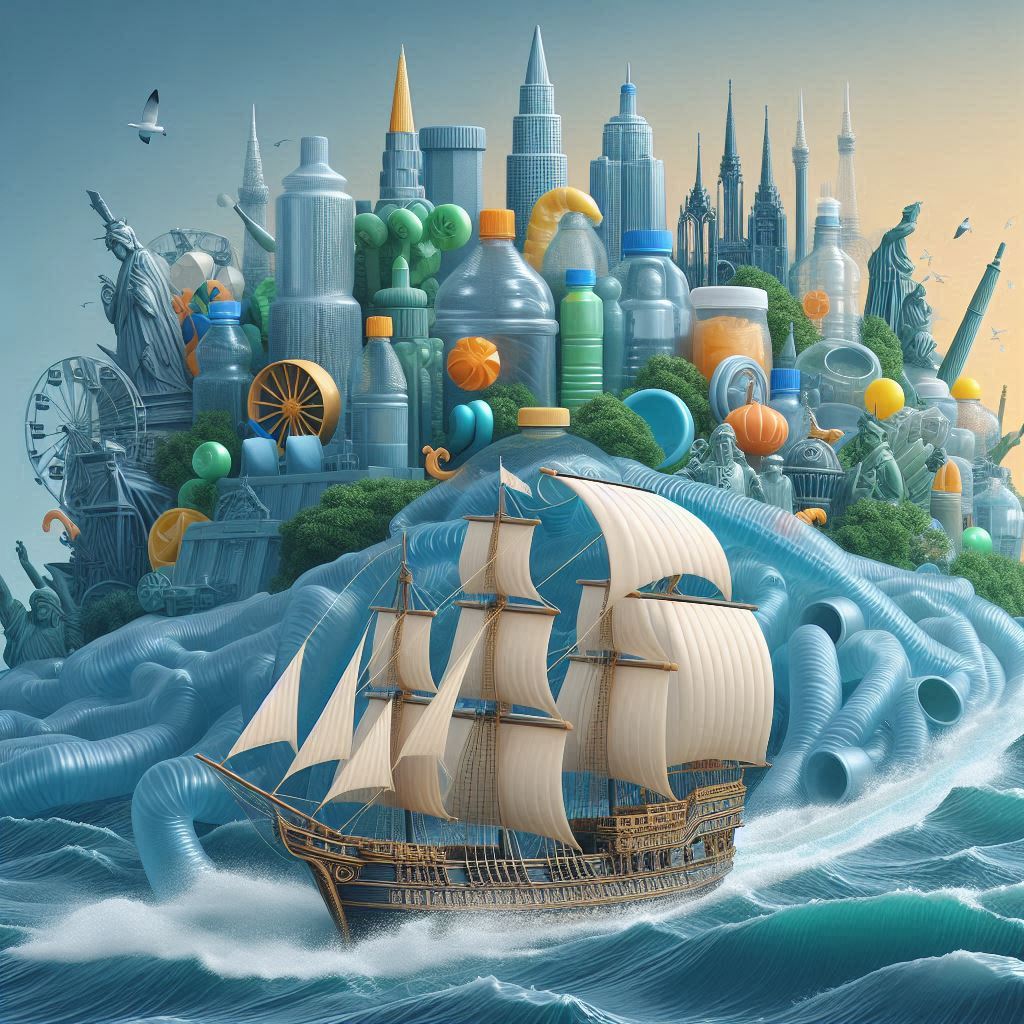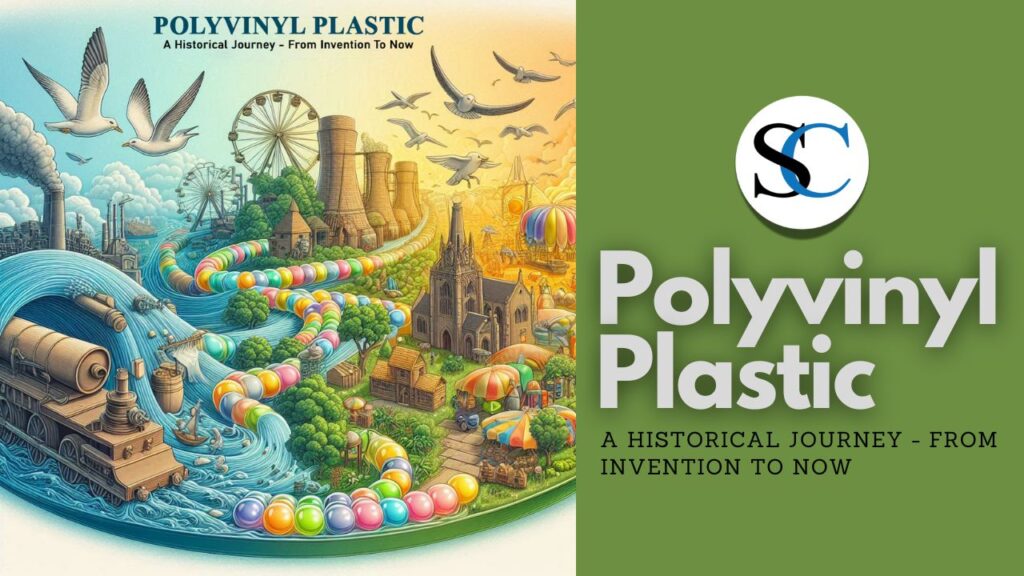Introduction:
Have you ever considered how a material discovered nearly a century ago could dramatically alter our everyday lives? Polyvinyl plastic, commonly known as PVC, is one of those unsung heroes of material science, playing an indispensable role in everything from healthcare to your home’s plumbing. In this excursion through time, we’ll delve into how polyvinyl plastic emerged, evolved, and continues to impact numerous industries.
The Dawn of Polyvinyl Plastic: A Serendipitous Discovery
The story of polyvinyl plastic begins in the early 20th century. Chemists were experimenting with synthetic materials, leading to discoveries that shaped the future. Polyvinyl chloride, or PVC, was first synthesized in 1872 by German chemist Eugen Baumann. The material, however, remained a laboratory curiosity until 1926.
The Pioneering Years
In the quest for new materials, scientists Fritz Klatte and Waldo Semon played pivotal roles. Klatte attempted to patent the first PVC polymerization method in 1913, but it was Semon who managed to make it a practical material. In the late 1920s, working for B.F. Goodrich, Semon developed a method to plasticize PVC by blending it with various additives, transforming it into a more flexible and easy-to-process material. This innovation opened new markets for PVC, particularly in wire insulation.
“Necessity may be the mother of invention, but curiosity is certainly the father.” – Waldo Semon
Wartime Applications and Post-war Boom: Polyvinyl Plastic
During World War II, materials like rubber and metal were in short supply, which led to an increased demand for alternatives like PVC. Its corrosion resistance, durability, and low cost made it an ideal substitute in various applications.
Military and Beyond
- Waterproofing materials for cables and equipment
- Fabric coatings and components for vehicles
- PVC pipes replacing metal in plumbing

The post-war era saw a boom in construction and consumer goods, fueling further growth in the PVC industry. Economies were rebuilding, and affordable materials were in high demand, paving the way for PVC’s integration into daily life.
Technological Advancements and Environmental Challenges
By the mid-20th century, PVC was prominent in construction, automotive, and healthcare industries. However, environmental and health concerns related to the production and disposal of PVC began to surface.
Innovations in Safety and Sustainability
Researchers and companies have innovated ways to produce PVC more sustainably and safely:
- Substitute harmful additives like phthalates with safer alternatives
- Develop recycling methods to manage PVC waste effectively
- Implement stricter regulations and certifications for PVC products
These advancements have helped alleviate some of the environmental impacts associated with early PVC products.
The Modern Era: PVC in the 21st Century
Today, PVC is more versatile and important than ever. Its applications range from medical devices to 3D printing materials, showcasing its adaptability and ongoing relevance.
Cutting-edge Applications
- Medical tubing and blood bags featuring PVC save countless lives.
- Innovations in PVC compounds have led to lighter automotive parts.
- Eco-friendly PVC variants reduce environmental footprints.
Conclusion: The Persistent Path of Polyvinyl Plastic
From its serendipitous discovery to its current applications, PVC’s journey is a testament to human ingenuity and adaptability. While challenges remain, the efforts to make PVC safer and more sustainable are indeed promising. As we move forward, let’s continue to explore and innovate, ensuring materials like PVC contribute positively to our world.
What are your thoughts on the future of materials like PVC? Can we further mitigate its environmental impact while taking advantage of its benefits? Share your ideas and let’s discuss the potential roads ahead for polyvinyl plastic and similar materials!
Polyvinyl Chloride Plastic: A Look At The Recycling Process






